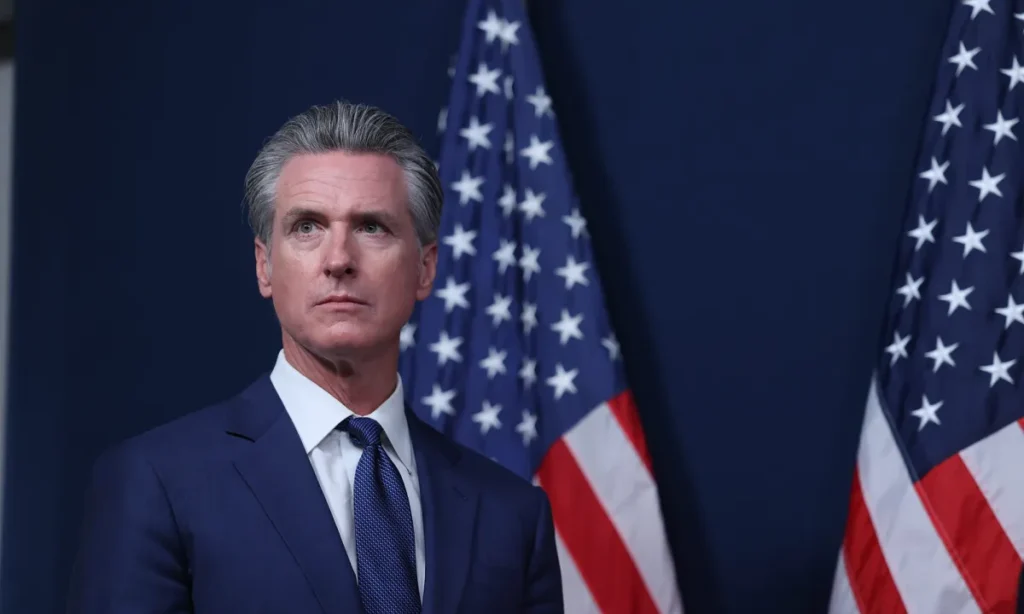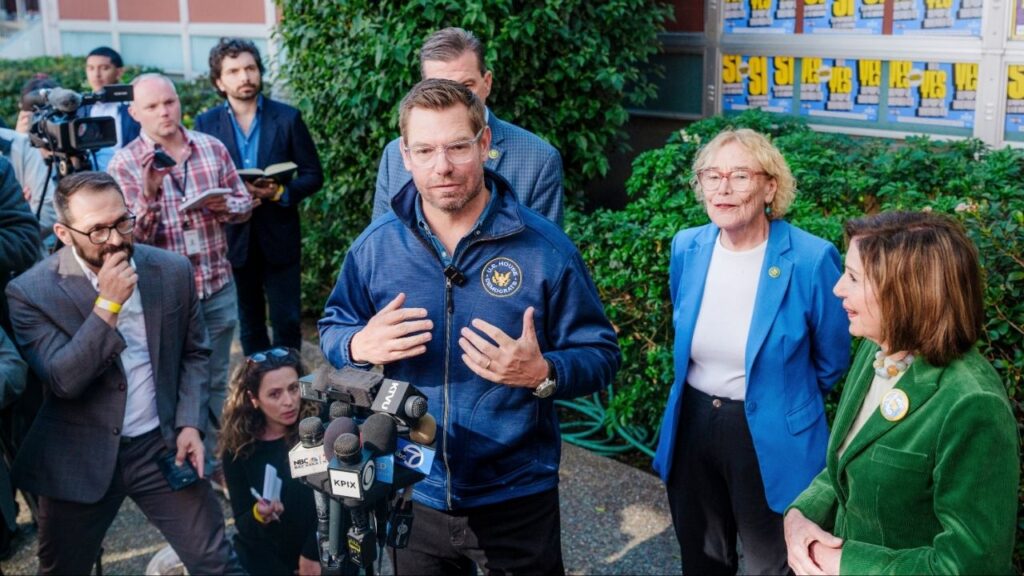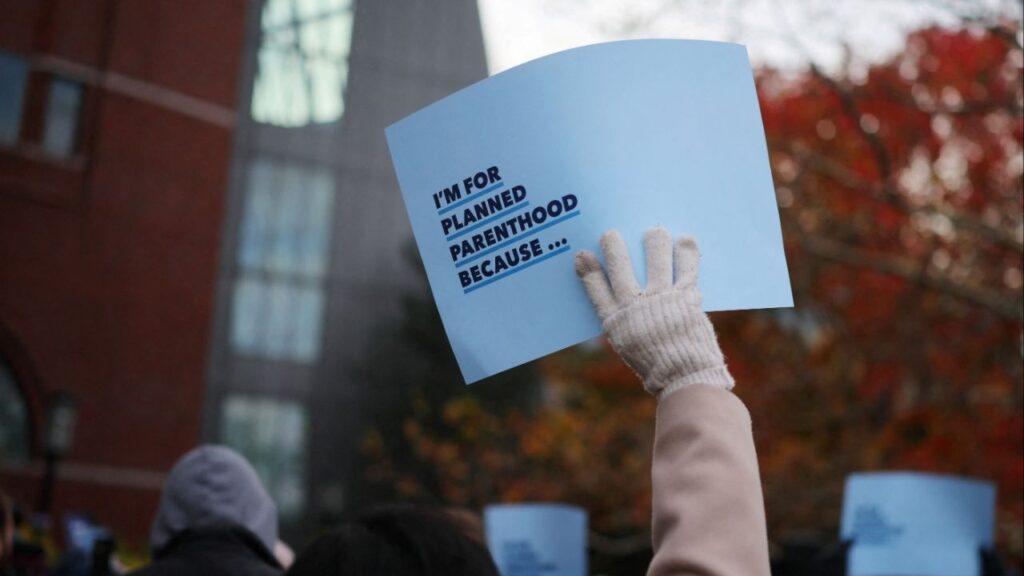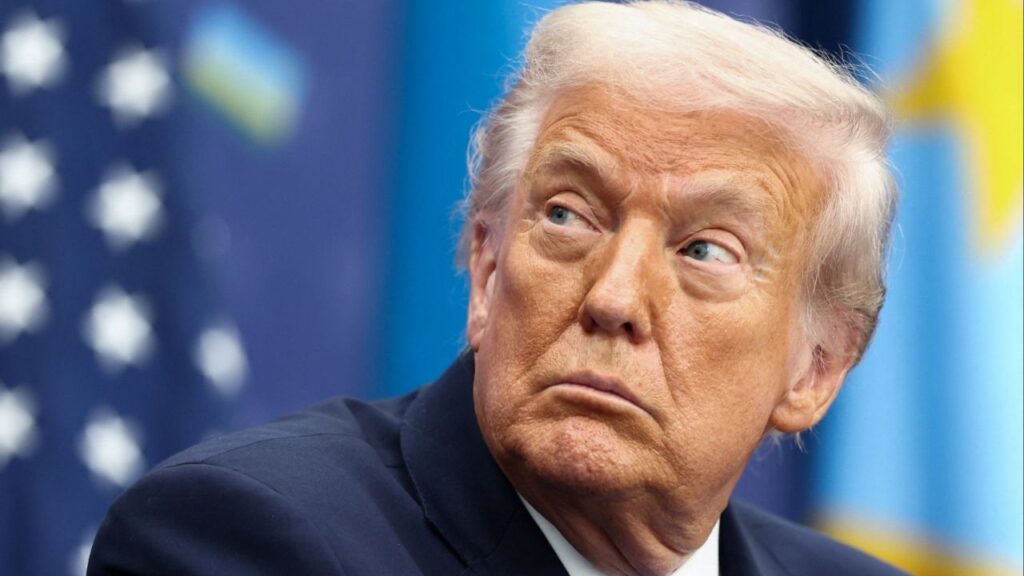Share
SACRAMENTO — An eight-foot-tall bronze statue of a late Native American leader known for preserving cultural dances now stands surrounded by trees in a historic park outside of California’s state Capitol building, replacing a statue of a Spanish missionary that protesters toppled it in 2020.
California lawmakers, tribal leaders and hundreds of others on Tuesday celebrated the unveiling of a statue depicting Miwok leader William J. Franklin, Sr., in recognition of the Native American tribes whose ancestral lands are now the grounds of the state Capitol.
“Finally, the California Indian people will have a monument here on the Capitol grounds for all those visiting to know that we are still here,” said Assemblymember James C. Ramos, the first Native American in the state Legislature. “We’re here because of the resiliency of our elders and ancestors.”
It is one of several moves that California lawmakers have made in recent years to acknowledge the history of Native Americans in the state. In 2019, Gov. Gavin Newsom issued a formal apology for the state’s legacy of violence against Native Americans, saying it amounted to genocide. Newsom has also signed laws to promote the teaching of more Native American history in schools and to remove a derogatory slur from sites across the state.
Protesters Tore Down Statue of Controversial Missionary
The new statue comes after racial justice protesters in 2020 tore down a decades-old statue of Junípero Serra, an 18th century Catholic priest and missionary who has been criticized for destroying Native American tribes and cultures. The monument of Serra was torn down at a time when protesters across the country targeted statues of historic figures — including Confederate Gen. Robert E. Lee in Charlottesville, Virginia — whose legacies came under heightened scrutiny in the wake of George Floyd’s murder.
In 2021, Ramos authored a bill that Newsom later signed into law authorizing tribes to plan the construction of a Native American monument on the grounds of the state Capitol.
One of the lead proponents of Ramos’ bill, Jesus Tarango, chair of the Wilton Rancheria tribe in Sacramento County, said erecting the monument was not about trying to erase history.
“Today’s unveiling signifies the start of a new era here in California at our state Capitol — one where we stop uplifting a false narrative and start honoring the original stewards of this land,” Tarango said.
Montana also passed a law in 2019 to install a monument on state Capitol grounds to recognize the contributions of Native Americans.
California Assembly Speaker Robert Rivas said he hopes the monument will “cultivate a deeper understanding” of Indigenous communities and their contributions to California.
Andrew Franklin, a grandson of William J. Franklin, Sr., said the man he knew as “Grandpa Bill” was always a big figure in his life while he was growing up in Sacramento. Franklin, who now lives in Southern California and formerly chaired the Wilton Rancheria tribe, said it was “hard to put into words” what it meant for the monument to be erected.
“We’ve always grown up holding our culture, very high in regard and respecting each other, respecting our culture. That was always huge for us,” he said. “This is just very surreal.”
RELATED TOPICS:
Categories

Apple TV Down for Thousands of Users, Downdetector Shows


















